How Anne Lydiat Follows the Tides of her Life and Lets them Guide her Creative Journey
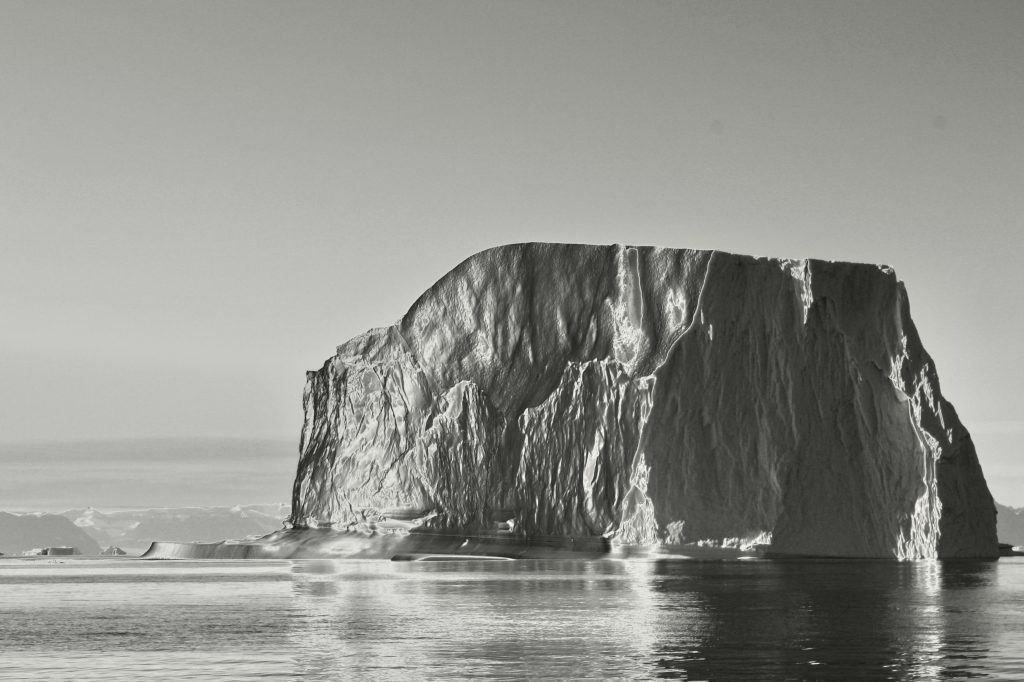
In this interview for our Women in Arts Network website, we sat down with Anne Lydiat, a British artist whose work flows between land, sea, and time. In this interview, Anne discusses how her life and creative journey are closely intertwined—whether it’s her early sculpture practice, her years living on a boat, or her expeditions to the Arctic.
She shares what first drew her to art, how she knows when something is working, and why sustainability and impermanence now shape her recent work. We learn how she brings history, especially women’s overlooked stories, into the present—and how photography, for her, is more than just an image. Through this conversation, we gain insight into how Anne’s life experiences and surroundings continue to shape the way she sees and creates.
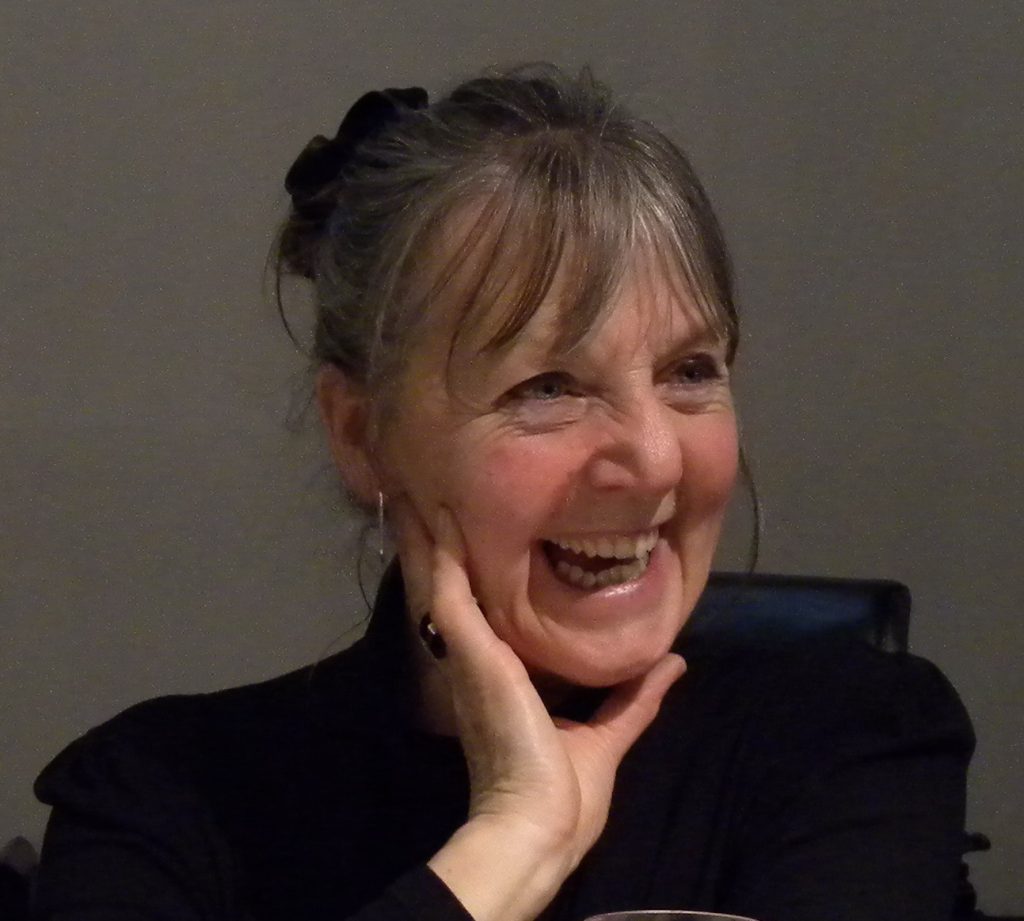
Anne Lydiat is a British artist based on the southeast coast of England. Her background in BA Fine Art and MA Fine Art Sculpture afforded her creative freedom, and, as now, her artworks were concept-driven, not aligned with any specific discipline. Lydiat’s undergraduate artworks were a celebration of her personal experience in visual form – a three-dimensional journey. Her postgraduate artworks similarly expressed a female-centred approach to her practice, albeit through a more formal exploration of traditional sculptural materials. After graduating, Lydiat was appointed as the first woman Henry Moore Fellow (1985-87). Throughout the Fellowship, she contextualised her artworks within a women’s tradition of making exhibited in her Fellowship exhibition ‘Waiting for the Seventh Wave’ (1987).
In 2002, Lydiat moved on board a converted trading vessel moored on the River Thames. This fluvial existence, constantly suspended in and surrounded by water, became central to her art practice. To capture this elemental state, Lydiat created a series of artworks entitled ‘In Her Element’, all inextricably linked to the vessel in a constantly changing relationship to duration, space, and place, edge and boundary, and the ebb and flow of the tides. Whilst afloat, Lydiat developed an interest in women’s maritime history, challenging the perceptions of the ship as a space solely occupied by men. Upon discovering the pioneering voyages of American Arctic explorer Louise Arner Boyd (1887-1921), Lydiat was awarded a Library Research Fellowship at the Louise A.
Boyd Archive, USA. In 2018, Lydiat led an Arctic expedition to Louise Boyd Land, northeast Greenland, when she rephotographed locations that Boyd had photographed some eighty years earlier. In 2023/24, Lydiat exhibited both Boyd’s 1931 expedition photographs and her own photographs, film and catalogue from her 2018 expedition entitled ‘WAKE – An Expedition to Louise Boyd Land’. In recognition of the importance of her expeditions, Lydiat was made a Fellow of the Royal Geographical Society (with IBG) in 2024. Recently, Lydiat has been experimenting more freely and concentrating on the aspects of her life that impact her, particularly about questions of sustainability and the environment.
For the exhibition ‘Of Mutability’ (2024), she selected some of the digital colour photographs of Arctic icebergs from her 2016 voyage to Greenland. The images were then converted to black and white and printed onto poster paper with low-grade inks, guaranteed to fade and disappear over time. Lydiat used these experimental photographic images as objects and, like the actual icebergs, subjected them to the vagaries of our climate. In her latest artwork, ‘Immutability’ (2025), the faded, deconstructed images have been ‘freeze framed’ and printed with high-quality inks and paper, ensuring that the moments of irreversible change are permanently suspended.
1. How did you get started in your art career?
Lydiat’s background in BA Fine Art and MA Fine Art Sculpture afforded her creative freedom, and, as now, her artworks were concept-driven, not aligned with any specific discipline. Lydiat’s undergraduate artworks were a celebration of her personal experience in visual form – a three-dimensional journey. Her postgraduate artworks similarly expressed a female-centred approach to her practice, albeit through a more formal exploration of traditional sculptural materials.
When it works as a separate entity, for example in an exhibition, then I know it’s doing what it should.
Anne Lydiat

2. When you’re creating something new, what makes you pause and say, this is working?
When it works as a separate entity, for example, in an exhibition.

3. How do you balance your personal life with your art career?
My personal life is an integral part of my art career.
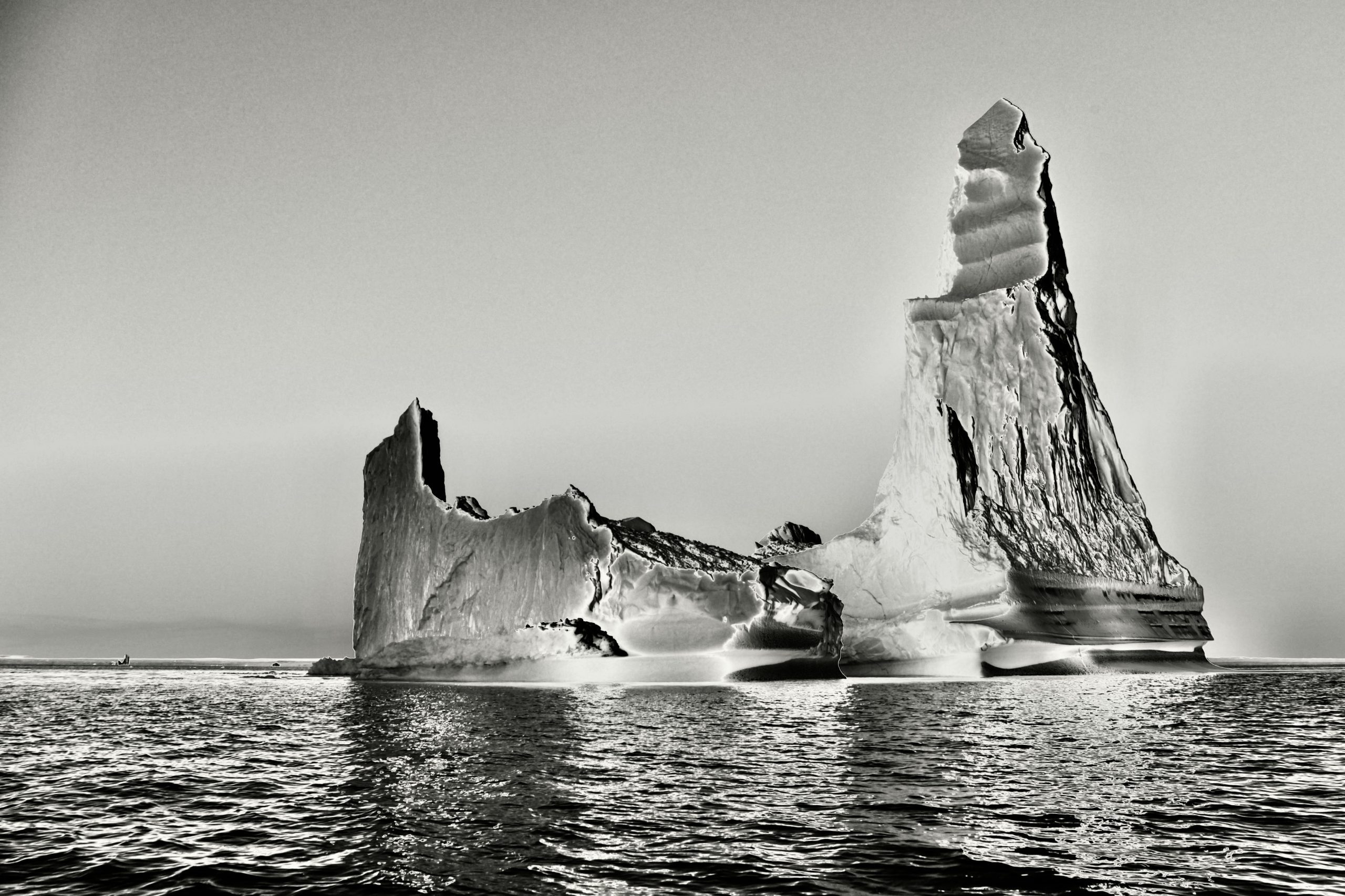
4. How do you envision the future of your art and its impact on the world?
Recently, Lydiat has been experimenting more freely and concentrating on the aspects of her life that impact her, particularly about questions of sustainability and the environment.
My personal life is an integral part of my art career.
Anne Lydiat
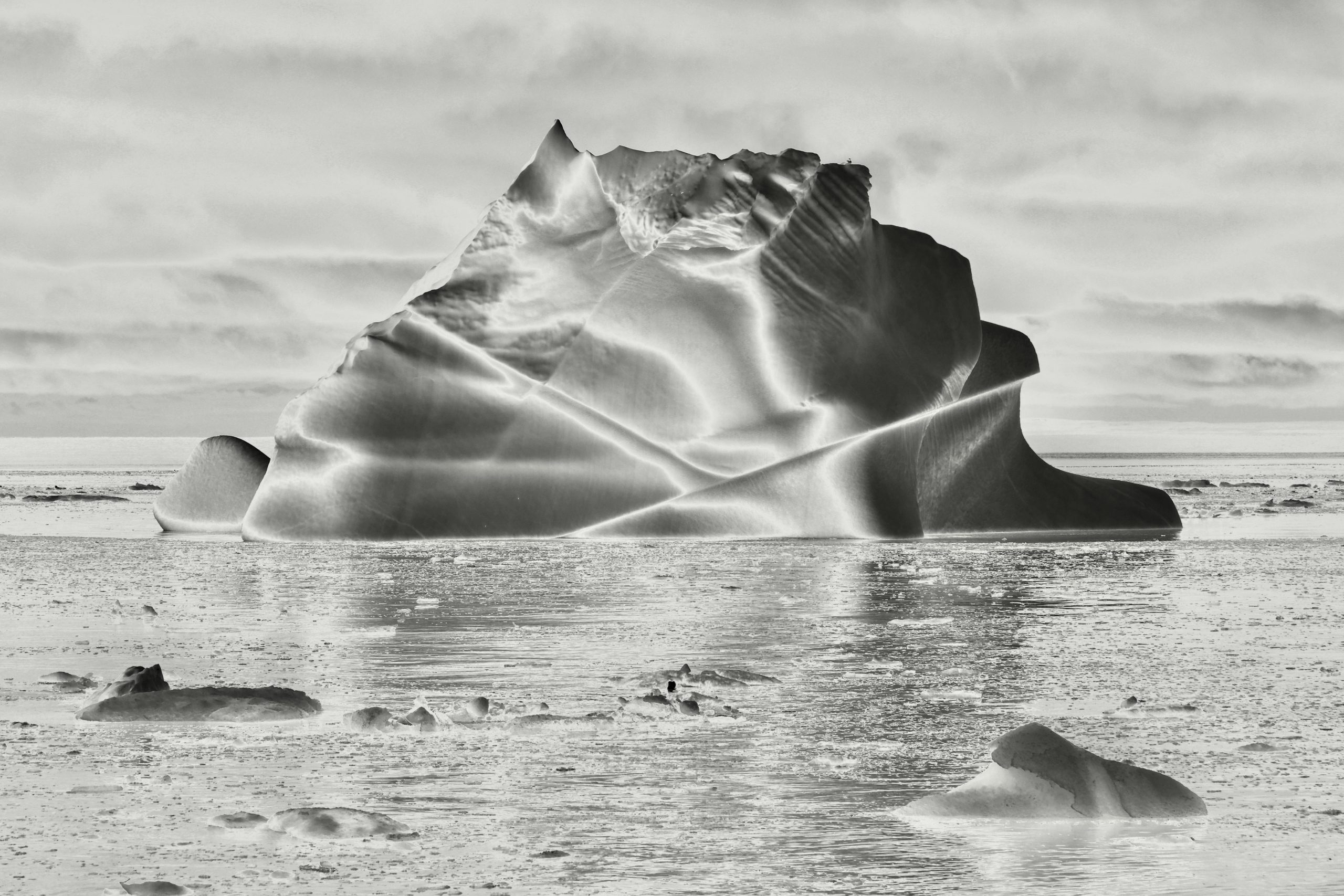
5. What mediums and techniques do you primarily work with?
Primarily using photographic practice as a means of creating something beyond being a beautiful photograph.
6. Do you have any parting words of wisdom for our readers or aspiring artists?
Get a website and an Instagram account.
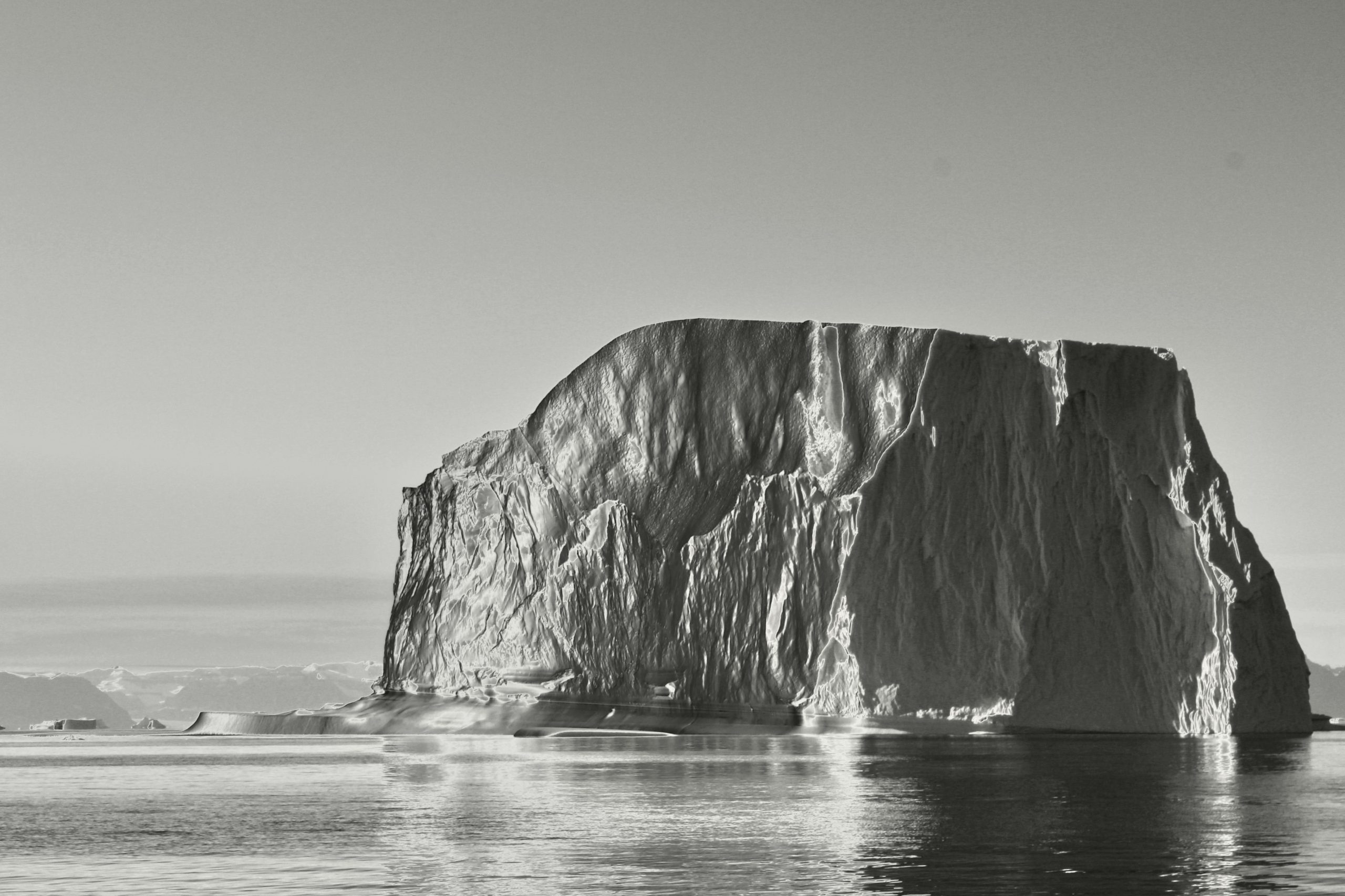
Anne Lydiat’s work is shaped by time, water, memory, and change. From her early days as a sculptor to living on a boat and travelling to the Arctic, she uses photography and other media to tell stories that often go untold—especially those of women in maritime history. Her work pays attention to what often gets overlooked: fading moments, shifting landscapes, and the slow passing of time.
Through her journey, we learn how art can evolve in tandem with life and how paying attention to the world around us can become an integral part of the creative process. Anne reminds us that everything is in motion, and through her work, she finds ways to hold on to the moments that matter. To learn more about Anne, visit the links below.
